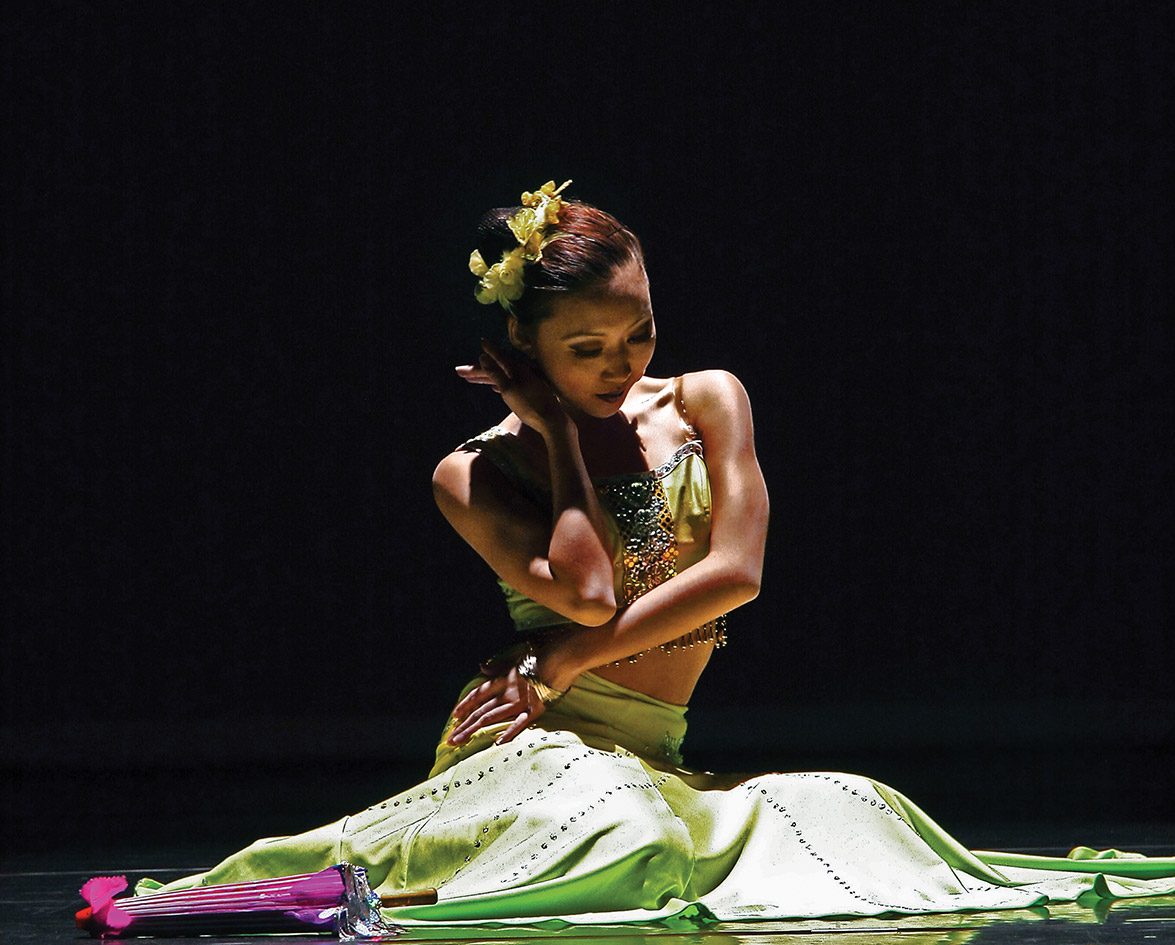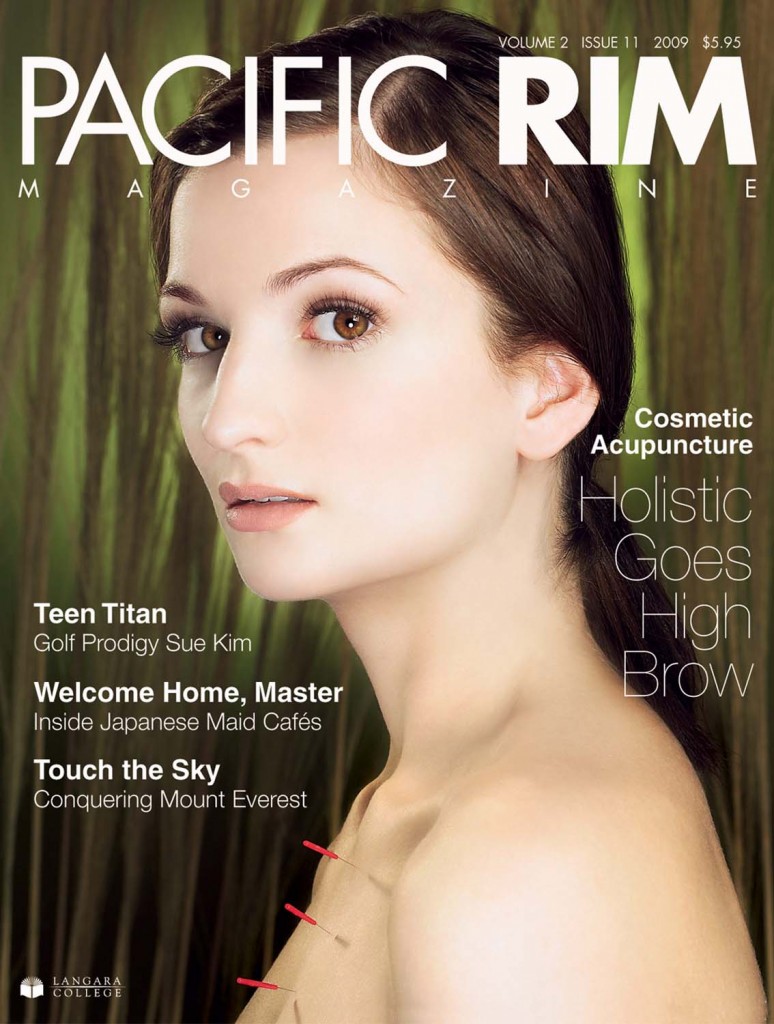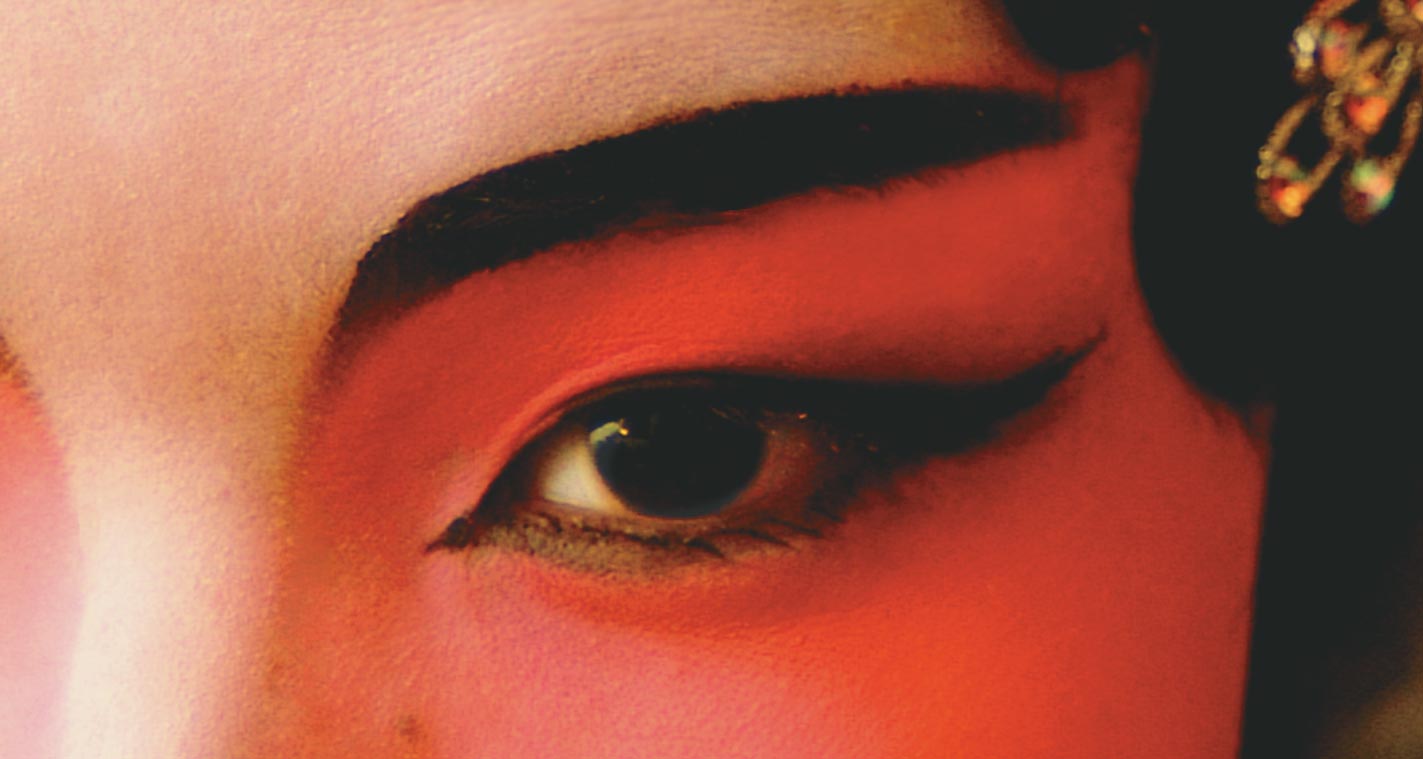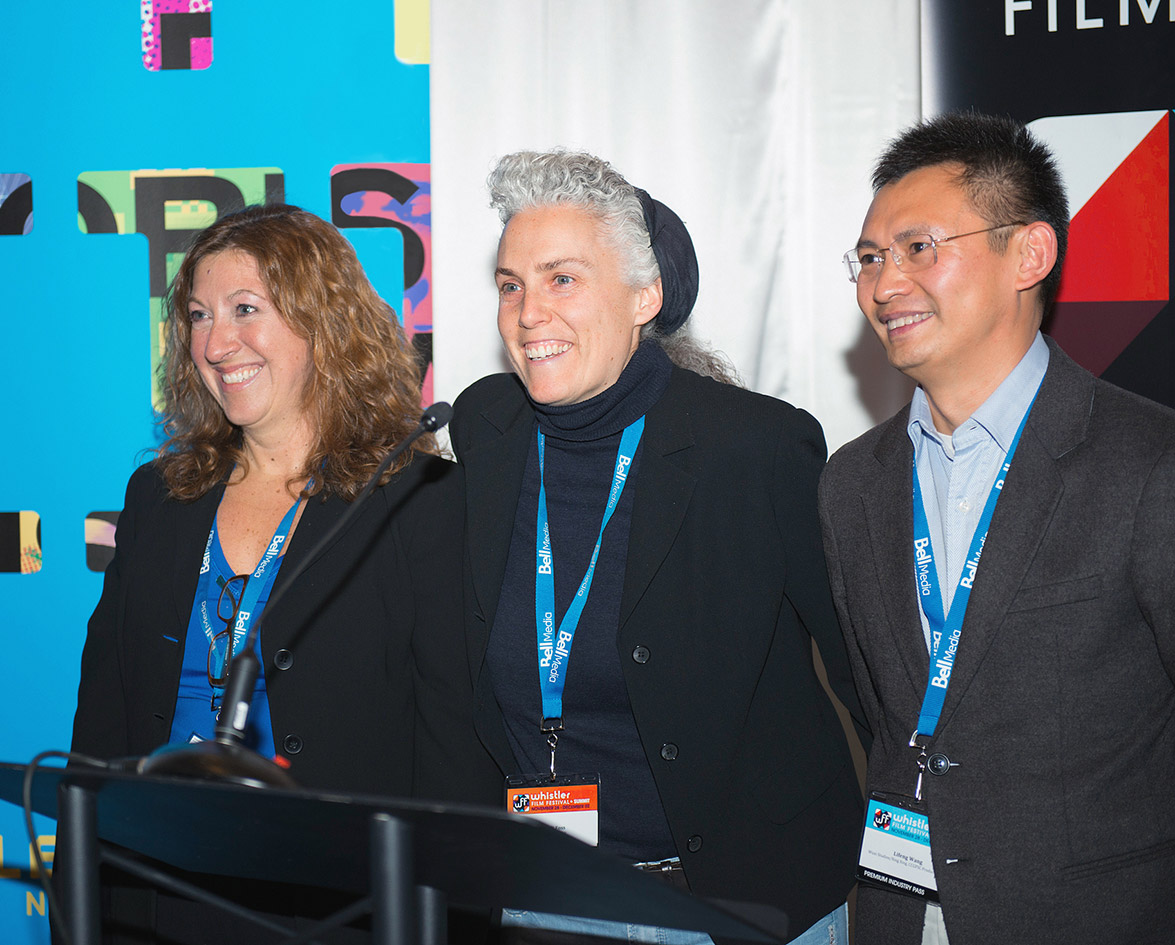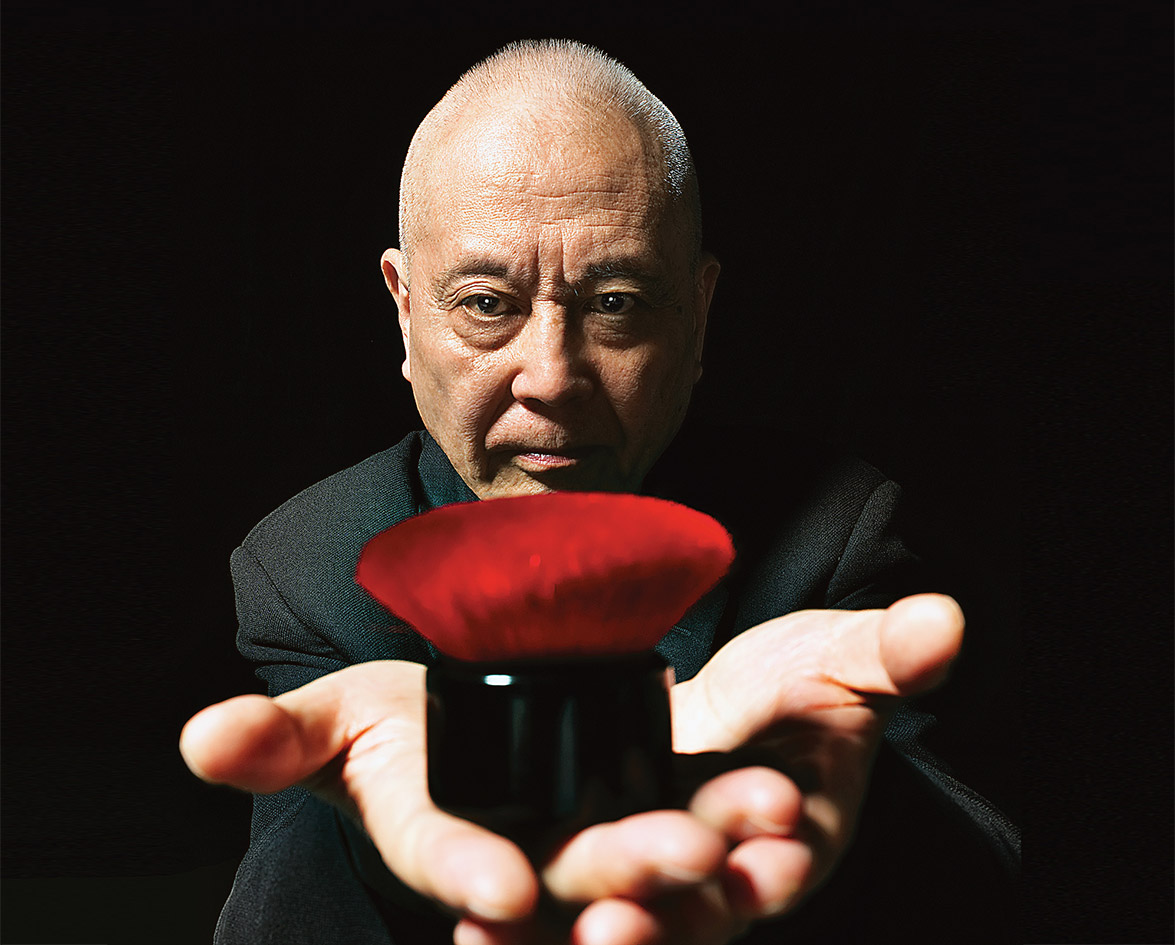It is 9:45 on a shivery, bright Sunday morning. A young woman interested in Chinese dance steadily approaches the front doors of The Lorita Leung Chinese Dance Academy. Suddenly, she comes to a stop. The woman appears frozen in time. A rainbow of dancers comes into her view; they glisten in photos of all sizes. Their beauty and elegance is reflected from the sunlit doors; the fluidity of their gestures is alluring. A girl about the age of five arrives. Impatient for her morning dance lesson, the girl lets out an “Excuse me!” and rushes by the young woman. The dazzled woman, as if awakened from a spell, shakes away her trancelike state and follows the girl through the school doors into the world of Chinese dance.
About The Company
The Lorita Leung Chinese Dance Company (TLLCDC) in Richmond, British Columbia, has collected many international awards and consists of many talented performers who use the art of dance to represent Chinese culture. The dancers are trained at the Academy, and it is through their soulful dancing that Chinese tradition peeks. In 1993, during the North American Chinese Dance Competition, the company’s dancers took home 16 first place awards. They’ve also won awards in Canada, China and the United States. Lorita Leung, founder and Artistic Director of TLLCDC, and founder and Chairman of The Lorita Leung Chinese Dance Association, a non-profit registered charity, is well-known in China, Taiwan, Hong Kong and Canada as a choreographer, writer and educator. She began her dance career in China at a young age, studying ballet and Chinese dance.
In 1970, inside Leung’s Vancouver home, the Academy and dance company were born. “We started in the basement, having only five students,” says Leung. Today, the Academy is known for being the first Chinese dance school in Vancouver and one of the first Chinese dance schools in North America. Now, with over 24 different classes per week, the teachers and the students are busy. “We have a lot of performances all year round,” says Jessica Jone, Leung’s daughter and the school’s Vice-principal, teacher and choreographer. Jone’s early career in dance began with her mother Leung at the Academy. “I was exposed to Chinese dance since I was in the womb,” says Jone.“I was fortunate to make my career in dance exclusively.”
The Academy’s teachers and choreographers, such as Leung and Jone, are some of the brilliant minds behind the scenic dances that inhabit the stage. The Association, which sponsors the company’s performances and provides them with authentic costumes, organizes the North American Chinese Dance Competition. Competitors come from cities such as Houston, Seattle, Hawaii and Vancouver. The dancers perform a variety of styles: Chinese folk, classical and contemporary Chinese dance. Three professional adjudicators attend, with two typically coming from China. “Adjudication is very important,” Leung stresses. “It’s a chance for the dancers to get feedback on their style, technique, what they did right and what they did wrong.” The event consists of a 50-piece dance. “This allows time to critique each student,” Leung adds. “There is a story behind the dance. It’s not like hip hop where one can pause anytime. We make enough time for the whole dance to finish.” It’s not just a competition, though, Leung adds. “We make friends and learn from each other.”
The Dance Costumes And Routines
The mesmerizing costumes that the dancers wear during the performances complement the dances wonderfully, allowing the dancers to stand out on the darkened stage. The costumes are designed according to the minority—a term used to classify dances that belong to six percent of the Chinese population. They differ from one another as they originate from unique ethnic groups: Mongolian, Tibetan, Korean, Zhuang, Hui and Uygur. “Each minority costume is different,” says Leung. “We have a special designer and get the original thing from Beijing. Sometimes we draw the design according to the minority dance and ship it. The costume designer then matches 20 pieces and ships the finished piece back to us.” Previously worn garments can be viewed in the Museum of Civilization in Ottawa.
While the costume is important, a lot of work goes into the routine. The performers use techniques from the Beijing Dance Academy and the Chinese Dance Syllabus. In addition to the Chinese-Canadian choreography, the dancers also work with original dance pieces from China. In many ways, Chinese dance is visual poetry. The routines have the power to unravel a narrative. A dance move, like art, seeks interpretation of its own. In turn, The Lorita Leung Chinese Dance Academy is more than a dance school: it is one of North America’s finest portals to Chinese culture. From folk to modern dance, the school’s enchanting pieces of cultural art continue to stun many spectators into breathless amazement.





